Blog
May 19, 2020
A wedding in Theresienstadt
Theresienstadt, a fortress town in the former Czechoslovakia, was transformed into a centre of terror and murder by the Nazis. In 1941, Theresienstadt came to bear the features not just of a ghetto, but a concentration and transit camp that held 141,000 Jews, many of whom perished or were deported and killed. Within this darkness, however, flourished a colourful cultural life. Within Theresienstadt, performances were held, art classes run, and even weddings officiated.
We are lucky to hold in our collection the wedding cards and telegrams expressing immense happiness on the occasion of the marriage of Otto Ehrmann and Elfi Felixova on 7 February 1943. The couple had been introduced to each other by Otto’s sister, Olga. Elfi had been Olga’s room-mate at boarding school in Prague in 1939, and it was because Elfi had no-one to go with to the school ball that Olga convinced her brother Otto to take her. Their romance blossomed from there. Both were subsequently deported with their families to Theresienstadt in 1942.
One of Otto and Elfi’s wedding cards bears around 50 signatures from the staff of room no. 56 E.I., congratulating the couple “most heartily” on “today’s significant occasion”. Another wishes the young couple “lots of luck, success and fulfilment of wishes for the future”; similarly, from the Painter Group, wishing them “much much happiness, sun and blessing” and a prayer, “May the divine give you peace which has to come, one way or the other”.
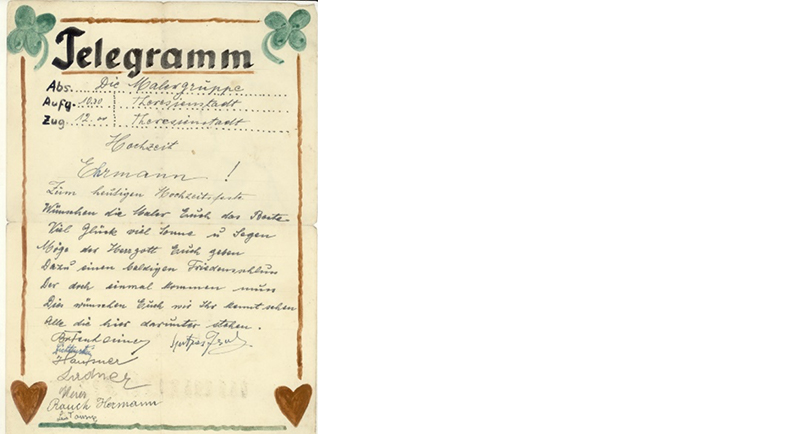
Telegram to Otto and Elfi, SJM Collection
The couple’s happiness was cut short in 1944, when they were once again deported. Otto was taken to Kaufering – a sub-camp of Dachau. There, he died of typhus in 1944, age 26. Elfi was deported to Auschwitz, not knowing that she was pregnant at the time. She gave birth to a baby boy, who died shortly afterwards of malnutrition.
Elfi survived the war but struggled to deal with the trauma she endured. Her sister-in-law, Olga, who donated the wedding cards to the Sydney Jewish Museum in 2010, described that Elfi “went crazy” from her suffering and had to be put in an asylum in Prague after the war, where she died shortly after, aged 24.
In writing this, it occurred to me that at the time that Olga donated these cards, I had failed to ask her to describe what she recalls about her brother’s marriage. What kind of occasion was it? Who attended? Was a rabbi present? What did Elfi wear? Was there food? Gifts?
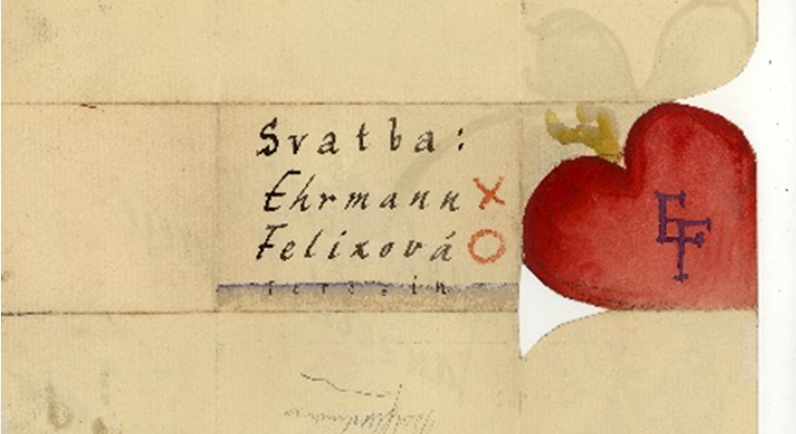
Wedding card to Otto and Elfi, SJM Collection.
Every recollection about this special day would be a valuable insight, adding to the significance of the artefacts to the Museum. So I contacted Olga to ask her to recall that day, some 77 years ago.
Olga, who survived the war and was liberated in Bergen-Belsen, is now in her late 90s. She is currently maintaining isolation in her apartment in Sydney’s north shore, keeping safe from the coronavirus. In our correspondence, she reminisced about the wedding day with clarity:
“The wedding of Otto and Elfi too place in the main building in Terezin called Magdeburg. The Jewish Council met in this building. The wedding was official and a rabbi was there to officiate. Elfi wore her best dress. They were married under a chuppah.”
Olga and her mother and lots of friends came to watch. All the guests brought some food with them to contribute to the wedding feast. Olga and everyone there were very happy for the married couple.
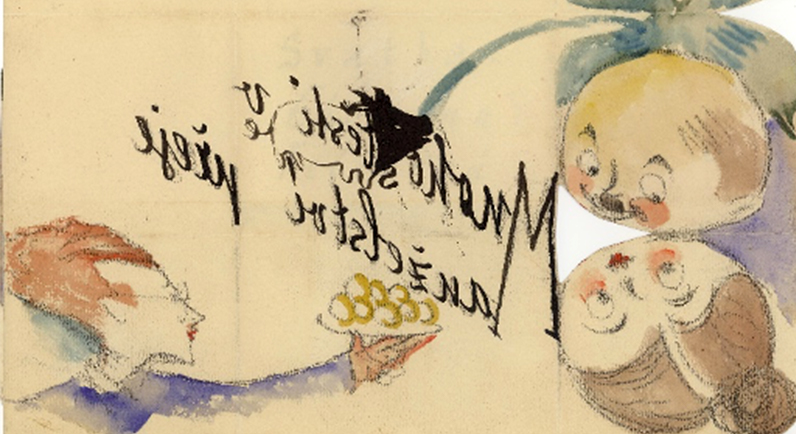
Wedding card to Otto and Elfi, SJM Collection
As I review these cards that wish the couple all the best in their marriage, I cannot help but reflect on the duality of emotions that are awakened: the short-lived moment of love and happiness, and the sadness that the love story had such a tragic ending.
Author: Roslyn Sugarman, Head Curator

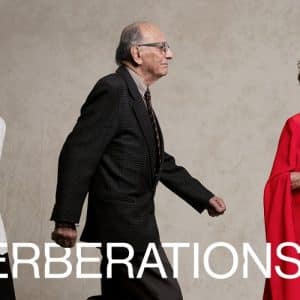

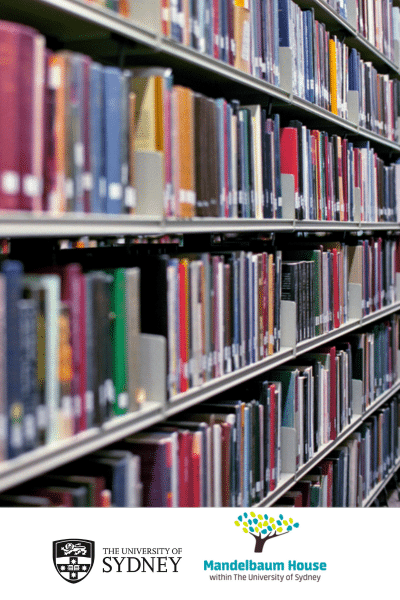
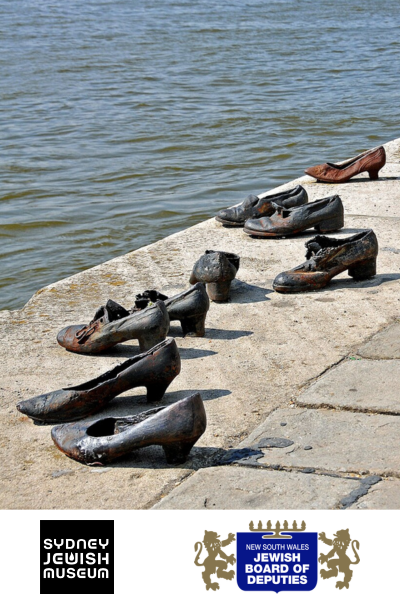

What’s On Newsletter
Keep up to date on all Museum events and exhibitions.